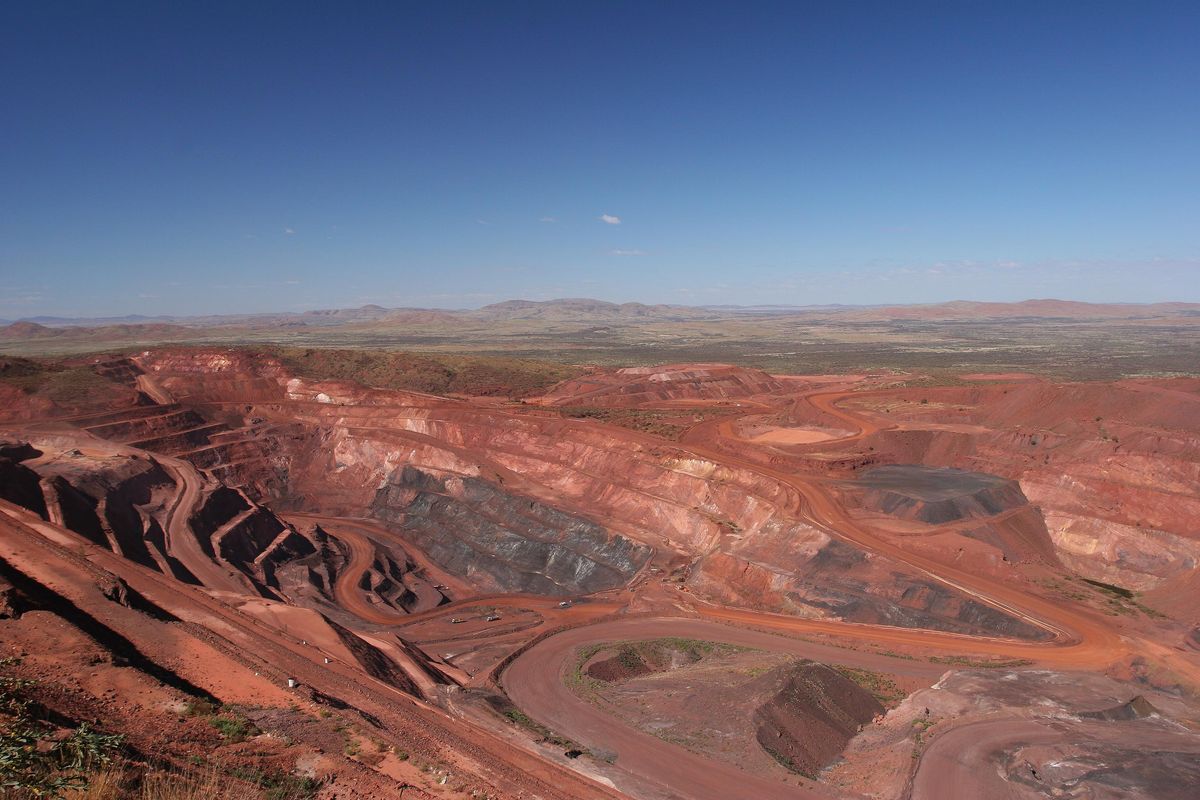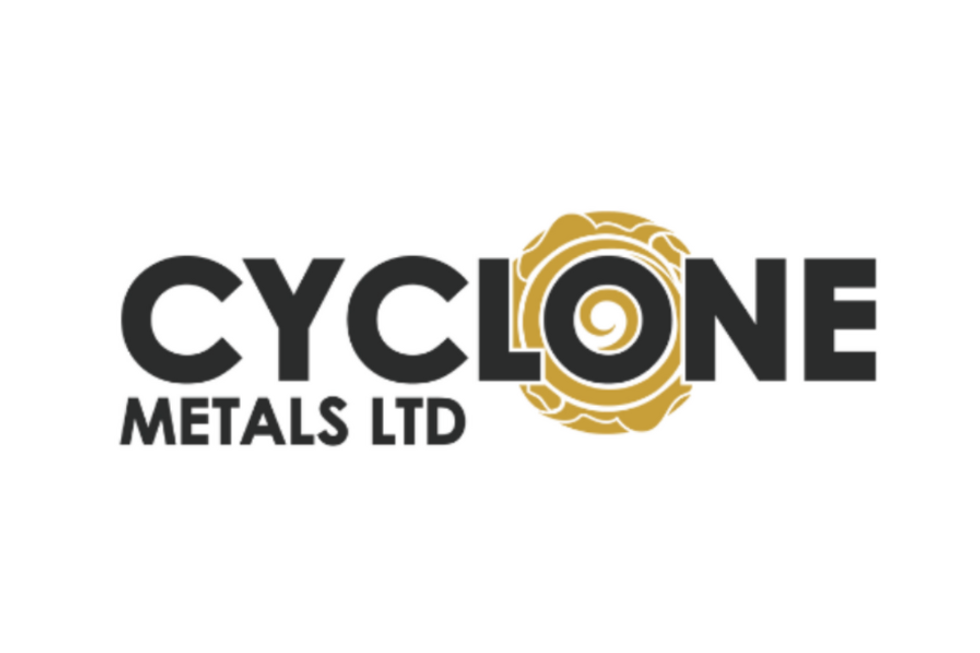Iron Ore in Australia
Australia is an iron ore powerhouse, accounting for about 37 percent of the world's exports of the commodity. How can investors get exposure to this massive market?

It is more common than air, but invaluable to our society. We use it to build, craft and make steel and other alloys, and it shows up in everything from buildings to utensils.
Iron is one of the fundamental elements used by humans. It makes sense, then, to consider iron as an investment opportunity. The ubiquity of the metal, not just in our environment, but in our daily life, shows off its value. That value can be translated into an investor's portfolio.
When we specifically talk about iron in Australia, we are talking about the largest export in the country — it just narrowly edges out coal. Both the price and the production of iron have increased over the past five years, with most of Australia's iron being mined in Western Australia.
More than 37 percent, amounting to around 900 million tonnes, of the world's iron exports come from Australia. In this regard, Australia ranks number one globally. Its nearest rival is Brazil, with 400 million tonnes of iron exports, accounting for 16.7 percent — less than half of Australia's output.
Although the iron price is down in 2022, that's only compared to the massive highs it saw last year. Ignoring 2021's iron price spike, the iron price has not been at the levels seen currently since 2013.
The outlook is that this price trend will not continue indefinitely, and might take a few hits over the next several years. The Australian government expects price averages to drop from AU$142 per tonne in 2021 to AU$66 by 2023, and the profitability of that decline is questionable. Ultimately, the expectation is that the industry will remain solid, but will not continue to experience the exciting climb that it has, up until recently, enjoyed.
So why should investors consider iron? The short answer is that iron is here to stay. Market fluctuations are one thing — these ups and downs happen — but because of the nature of iron and how much people use and need the metal, at the end of the day, this industry is essential to our way of life.
Iron ore in Australia: Key players to consider
When looking at major players in Australian iron, three names repeatedly come up: BHP (ASX:BHP,LSE:BHP,NYSE:BHP), Rio Tinto (ASX:RIO,LSE:RIO,NYSE:RIO) and Fortescue Metals Group (ASX:FMG).
Data for the following list was gathered from TradingView's stock screener on April 7, 2022, and the companies are listed in order of largest market cap to smallest.
1. BHP
Market cap: AU$260.25 billion; current share price: AU$51.94
Mining giant BHP's iron ore business includes integrated iron ore mines, rail and port operations in the Pilbara region of Western Australia. In addition to iron ore, the diversified Anglo-Australian company produces copper, nickel, metallurgical coal, petroleum and potash.
2. Rio Tinto
Market cap: AU$176.4 billion; current share price: AU$118.98
Diversified miner Rio Tinto produces iron ore, aluminium, copper, borates, lithium, diamonds, titanium dioxide and salt. In Western Australia, the company puts out five iron ore products; one of these is the Pilbara Blend, which the company calls "the world’s most recognised brand of iron ore."
3. Fortescue Metals Group
Market cap: AU$66.69 billion; current share price: AU$21.83
Fortescue Metals Group is based in Western Australia and has multiple operations in the Pilbara region. The company is one of the world's biggest iron ore producers, and sells its material globally, but mainly to China.
Don't forget to follow us @INN_Australia for real-time news updates!
Securities Disclosure: I, Ryan Sero, hold no direct investment interest in any company mentioned in this article.
- Australia Investing 101: Past, Present and Future | INN - Investing ... ›
- Ways to Invest in Iron Ore | INN ›
- Australia Mining Outlook 2022: Energy Shift to Bring Opportunities ... ›
- Australia's 5 Most Valuable Mineral Exports | Iron Ore and More ... ›

